Step Back in Time: What You Need to Know About Xu Xiake and His Historic Home in Jiangyin
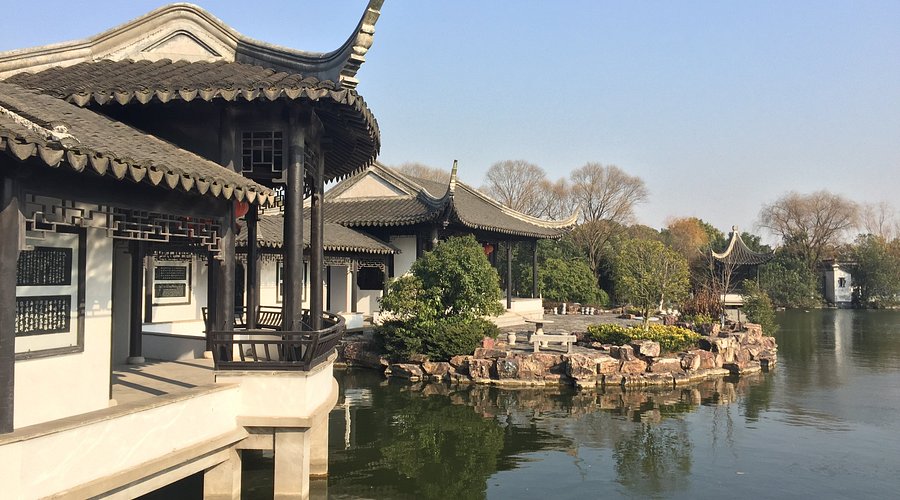
An Essential Guide to Visiting Former Residence Of Xu Xiake And Qinshantang Stone Carvings
Nestled in the heart of Jiangyin, the Former Residence of Xu Xiake is a hidden gem that offers a profound glimpse into China’s rich cultural tapestry. This historic site is more than just a house; it is a portal to the life of Xu Xiake, a revered Ming Dynasty geographer whose explorations of China’s vast landscapes have inspired generations. The crown jewel of this residence is the ancient pine tree, planted by Xu Xiake himself, which stands as a testament to his enduring legacy and love for nature.
In this guide, we will take you through the essential details of visiting this remarkable site, including its fascinating history, the stunning Qinshantang Stone Carvings, and practical tips for making the most of your visit. From exploring the intricacies of Xu Xiake’s life and his contributions to geography to marveling at the exquisite stone carvings that adorn this location, every corner is steeped in stories waiting to be uncovered. Prepare to immerse yourself in an experience that beautifully intertwines history, art, and nature, making your journey to the Former Residence of Xu Xiake truly unforgettable.
In This Guide
- An Essential Guide to Visiting Former Residence Of Xu Xiake And Qinshantang Stone Carvings
- The Rich History and Legends of Former Residence Of Xu Xiake And Qinshantang Stone Carvings
- Main Highlights: What You Absolutely Can’t Miss
- Planning Your Visit: A Practical Guide
- Tickets: Prices, Booking, and Tips
- How to Get There: A Complete Transportation Guide
- Local Cuisine and Accommodation Nearby
- Frequently Asked Questions
- Final Thoughts on Your Trip
The Rich History and Legends of Former Residence Of Xu Xiake And Qinshantang Stone Carvings
A Glimpse into the Past: The Legacy of Xu Xiake
Nestled in the picturesque Jiangyin City of Jiangsu Province, the Former Residence of Xu Xiake stands as a testament to the rich tapestry of Chinese history and culture. Xu Xiake (1587-1641), a celebrated traveler and geographer of the Ming Dynasty, is renowned for his extensive explorations and detailed writings about China’s diverse landscapes. His residence, established during the Ming Dynasty, not only reflects his personal journey but also captures the essence of an era marked by discovery and scholarly pursuit.
The Birth of a Legend
Xu Xiake was born into a family of scholars, which greatly influenced his passion for exploration and nature. His travels across China, which spanned over thirty years, were meticulously documented in his seminal work, Xu Xiake’s Travels. This travelogue is not merely a record of his journeys but a profound insight into the geographical and cultural fabric of 17th-century China. The residence itself, a quaint structure covering approximately 1,000 square meters, serves as a museum that houses artifacts, photographs, and writings that illustrate Xu’s profound connection to the land he traversed.
One of the most notable features of the residence is a pine tree planted by Xu Xiake himself, which has withstood the test of time for over 400 years. Standing at 6.5 meters tall and requiring two people to encircle its trunk, this tree symbolizes Xu’s enduring legacy and his deep respect for nature.
The Qinshantang Stone Carvings: Art in Stone
Adjacent to the former residence lies the Qinshantang Stone Carvings, a collection of stone engravings that are as rich in history as they are in artistry. These carvings date back to the Ming Dynasty and feature intricate depictions of landscapes, mythical creatures, and philosophical themes. They serve as a visual narrative of the cultural and spiritual beliefs that permeated the era.
Local legends tell of how these stone carvings were believed to be imbued with protective qualities, guarding the town and its inhabitants from misfortune. Visitors often recount tales of how the carvings resonate with a mystical energy, inviting them to contemplate the wisdom and artistry of the artisans who crafted these timeless pieces.
Celebrating Xu Xiake’s Legacy
The Former Residence of Xu Xiake and the Qinshantang Stone Carvings not only celebrate the life of a remarkable individual but also encapsulate the essence of Chinese culture, philosophy, and artistry. The site has become a cultural hub, attracting visitors from all over the world who seek to immerse themselves in the rich history and legends surrounding Xu Xiake.
Today, the residence is more than just a historical site; it is a place of learning and reflection. With various exhibitions and educational programs, it continues to inspire a new generation of explorers and scholars. The stories and legends that echo through its halls remind us of the importance of preserving our heritage and the stories that shape our understanding of the world.
Conclusion: A Must-Visit
For international travelers seeking a deeper understanding of China’s cultural heritage, the Former Residence of Xu Xiake and the Qinshantang Stone Carvings offer an unparalleled glimpse into a significant chapter of Chinese history. With its breathtaking surroundings and profound legacy, this destination invites you to explore the life of Xu Xiake and the legends that continue to inspire curiosity and adventure.
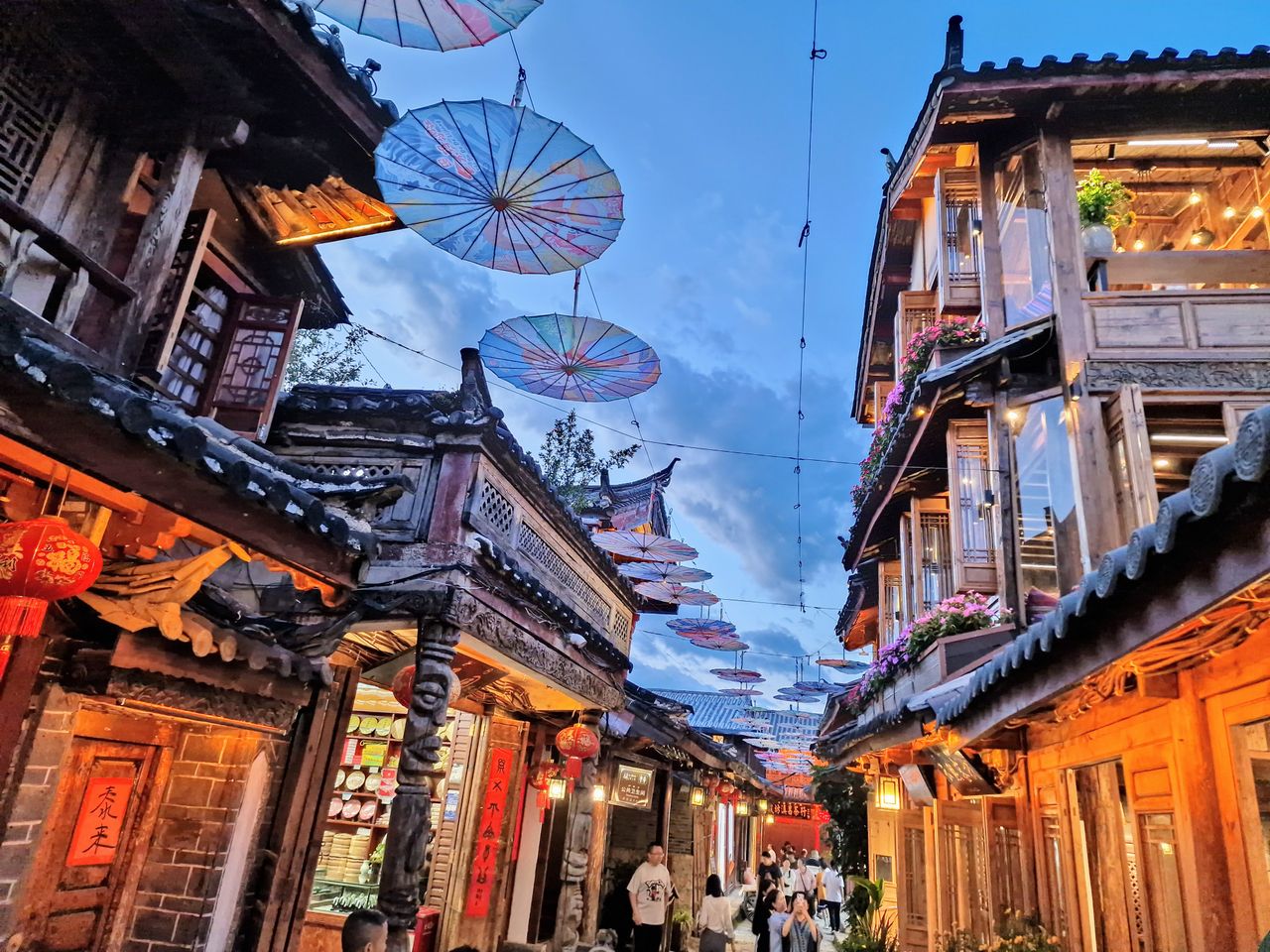
Former Residence Of Xu Xiake And Qinshantang Stone Carvings.
Main Highlights: What You Absolutely Can’t Miss
Explore the Legacy of Xu Xiake
At the heart of Jiangyin, the Former Residence of Xu Xiake invites visitors to delve into the life of one of China’s most famous geographers and travelers. This beautifully preserved site offers a glimpse into the Ming Dynasty and showcases Xu’s remarkable contributions to Chinese geography. As you wander through the residence, take time to appreciate the artifacts and exhibits that celebrate his adventurous spirit.
The Majestic Pine Tree
One of the standout features of the residence is a magnificent pine tree, believed to have been planted by Xu Xiake himself over 400 years ago. Towering at 6.5 meters tall with a staggering trunk diameter of 2.2 meters, this ancient tree stands as a testament to Xu’s deep connection with nature. Be sure to take a moment to stand beneath its sprawling branches and capture this iconic landmark in photographs.
The Courtyard Exhibits
The east courtyard presents an educational experience with various displays detailing Xu Xiake’s journeys and discoveries. Here, you’ll find informative plaques that narrate Xu’s life story alongside stunning karst specimens and photographs from the places he visited. This area is perfect for those looking to deepen their understanding of Chinese geography and Xu’s role in its exploration.
Xu Xiake’s Tomb
A visit to the backyard of the residence is essential, as it houses Xu Xiake’s Ming-style burial tomb. Surrounded by lush greenery, including cypresses and white magnolias, this serene setting offers a reflective space to honor the legacy of the legendary traveler. The tomb is a peaceful tribute to his life, making it a fitting stop for any visitor.
The Statue of Xu Xiake
At the end of the cemetery stands an impressive statue of Xu Xiake, standing at 2.7 meters tall and donning his signature bamboo hat. This striking figure captures the essence of Xu as he embarks on his journeys across mountains and rivers. Make sure to snap a picture with the statue, as it symbolizes not just his travels but also the spirit of exploration that inspires so many today.
Qinshantang Stone Carvings
Just a stone’s throw away, the Qinshantang Stone Carvings add another layer of cultural significance to your visit. These intricate stone carvings showcase traditional Chinese artistry and provide insight into the region’s historical narrative. Take your time to admire the craftsmanship and consider the stories these carvings tell.
Tips for Your Visit
- Best Time to Visit: Aim for early morning or late afternoon to avoid crowds and enjoy cooler temperatures.
- Getting There: While public transport is available, driving is recommended for a more flexible and comfortable experience.
- Duration: Plan to spend at least two hours exploring both the residence and the stone carvings to fully appreciate the sites.
- Photography: Bring your camera! The picturesque surroundings and historical artifacts make for stunning photographs.
- Cultural Respect: Remember to maintain a respectful demeanor, particularly in the cemetery and around the statue, as these are places of reverence.
Embarking on a journey to the Former Residence of Xu Xiake and its surrounding highlights offers a unique opportunity to connect with Chinese culture and history. Don’t miss out on this enriching experience!

Former Residence Of Xu Xiake And Qinshantang Stone Carvings.
Planning Your Visit: A Practical Guide
Your Comprehensive Guide to Visiting the Former Residence of Xu Xiake and Qinshantang Stone Carvings
Exploring the Former Residence of Xu Xiake and the captivating Qinshantang Stone Carvings is a journey into Chinese culture and history. Here’s everything you need to know to make the most of your visit.
Best Time to Visit
The ideal time to visit is during the spring (March to May) and autumn (September to November) months. During this period, the weather is mild and pleasant, offering excellent conditions for sightseeing and photography. Avoid the peak summer months, as they can be hot and humid, impacting your overall experience. Additionally, weekdays are generally less crowded, allowing for a more peaceful exploration.
Recommended Itinerary
Morning:
– 8:00 AM: Arrive at the Former Residence of Xu Xiake. Start by exploring the residence and its historical artifacts.
– 10:00 AM: Stroll through the gardens and take a moment to admire the impressive pine tree planted by Xu Xiake himself.
Lunch:
– 12:00 PM: Enjoy lunch at one of the local restaurants nearby, where you can savor authentic Jiangsu cuisine.
Afternoon:
– 1:30 PM: Head to the Qinshantang Stone Carvings. Spend time marveling at the intricate designs and the artistry involved.
– 3:30 PM: Visit the nearby Xu Xiake Tourist Expo Park for an engaging experience of the region’s natural beauty and cultural significance.
Photography Tips
- Golden Hour: The best lighting for photography is during the golden hour, shortly after sunrise or before sunset. The soft light enhances the beauty of the gardens and the stone carvings.
- Details Matter: Capture close-up shots of the intricately carved stones and the textures of Xu Xiake’s residence. These details tell a deeper story of craftsmanship.
- Natural Framing: Use natural elements like trees and pathways to frame your shots, adding depth and context to your images.
What to Wear
Dress comfortably and consider the weather. Lightweight clothing is ideal for warmer months, while layering is recommended for cooler days. Good walking shoes are essential, as you’ll likely be exploring the gardens and surrounding areas. A hat and sunscreen are also advisable, especially during sunny days.
Insider Tips
-
Self-Drive Recommended: If you have access to a vehicle, consider driving to the site. It allows for greater flexibility in your schedule and makes it easier to explore nearby attractions.
-
Guided Tours: Local guided tours can provide in-depth knowledge about Xu Xiake’s life and contributions to Chinese geography. It’s a great way to enrich your understanding of the site.
-
Local Cuisine: Don’t miss out on trying local dishes at nearby restaurants. Jiangsu cuisine is known for its delicate flavors and fresh ingredients. Look for restaurants that serve specialties like sweet and sour Mandarin fish.
-
Explore Nearby Attractions: Plan your visit to include nearby attractions like Wu Culture Park or Huishan Old Town for a fuller experience of Jiangyin’s cultural landscape.
-
Respect the Environment: As you explore the gardens and historical sites, be mindful of your surroundings. Stick to paths and avoid damaging any plants or structures.
Embark on your journey to the Former Residence of Xu Xiake and the Qinshantang Stone Carvings, and immerse yourself in the rich tapestry of Chinese history and culture. With this guide, you’re well on your way to a memorable visit!
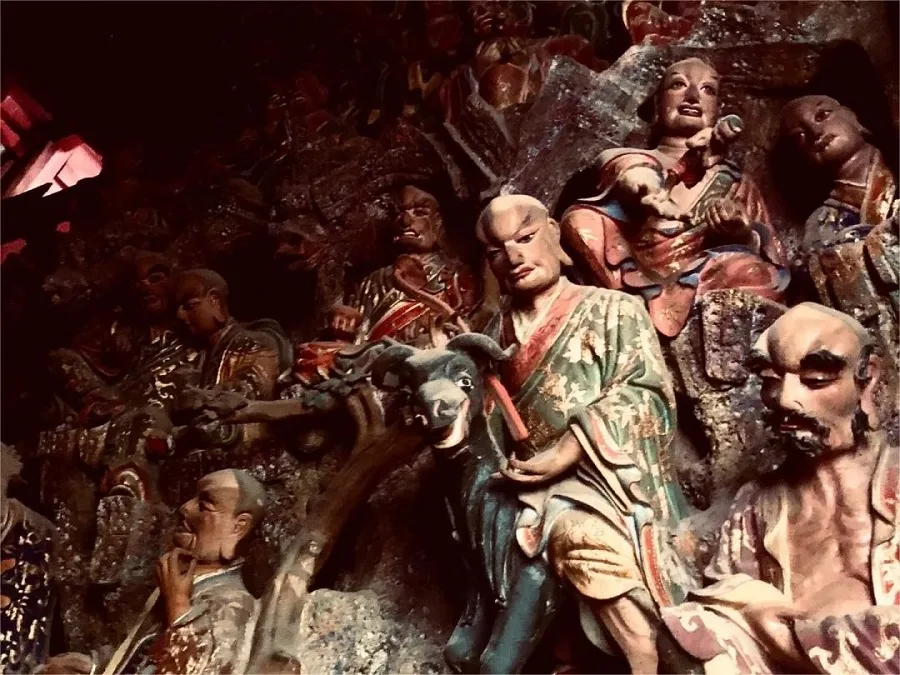
Former Residence Of Xu Xiake And Qinshantang Stone Carvings.
Tickets: Prices, Booking, and Tips
Visiting the Former Residence of Xu Xiake and the Qinshantang Stone Carvings is a journey into the heart of Chinese culture and history. To make your experience as seamless as possible, here’s everything you need to know about ticket prices, booking, and tips for a hassle-free visit.
Ticket Information
| Ticket Type | Price (CNY) | Includes |
|---|---|---|
| Adult Ticket | 30 | Access to the Former Residence and exhibition |
| Student Ticket | 15 | Access to the Former Residence (valid ID required) |
| Senior Ticket | 15 | Access to the Former Residence (valid ID required) |
| Group Ticket (10+) | 25 each | Access for groups of 10 or more |
Booking Information
- How to Book: Tickets can be purchased on-site at the entrance of the Former Residence. However, to avoid long queues and guarantee your entry, it is highly recommended to book your tickets in advance through various online platforms, such as Trip.com or through local tour operators.
- Advance Booking: Given the popularity of this attraction, especially during peak tourist seasons, booking your tickets in advance ensures you secure your preferred visit date and time. Look for promotions or package deals that may include guided tours or nearby attractions.
Tips for Your Visit
- Best Time to Visit: The site is open from 8:00 AM to 4:30 PM daily, making mornings an ideal time to avoid crowds and enjoy a peaceful exploration of the grounds.
- Transportation: If you’re self-driving, there’s ample parking available. Alternatively, consider using local public transportation options or ride-sharing services for convenience.
- Enjoying the Surroundings: The Former Residence is located in a picturesque area rich with cultural sites. Take some time to explore nearby attractions such as the Xu Xiake Tourist Expo Park and the Xu Xiake Inscription Cultural Park.
- Plan Your Day: Allocate at least 1-2 hours for your visit to fully appreciate the exhibits and the serene gardens surrounding the residence.
With this information, you’re well-equipped to enjoy the rich history and cultural significance of the Former Residence of Xu Xiake and the stunning Qinshantang Stone Carvings. Happy travels!
How to Get There: A Complete Transportation Guide
Navigating Your Way to the Former Residence of Xu Xiake and Qinshantang Stone Carvings
Visiting the Former Residence of Xu Xiake and the Qinshantang Stone Carvings offers a unique glimpse into Chinese culture and history. Situated in Jiangyin, Jiangsu Province, these sites are accessible through various means of transportation. Here’s how you can reach this culturally rich destination.
From the Nearest Major City
1. From Shanghai:
– By Train:
– Take a high-speed train from Shanghai Hongqiao Railway Station to Wuxi East Railway Station. The journey takes approximately 1 hour, and tickets range from ¥80 to ¥150 (around $12 to $22) depending on the class.
– From Wuxi East, transfer to a local bus or taxi to reach Jiangyin, which is about 30 kilometers (18 miles) away. Buses run frequently and cost about ¥15 ($2.25). Alternatively, a taxi will cost around ¥100 ($15) and take about 30 minutes.
- By Car:
- If you prefer driving, the distance from Shanghai to Jiangyin is approximately 180 kilometers (112 miles). The drive typically takes around 2.5 to 3 hours via G2 and G40 highways. Be aware of tolls along the route.
2. From Nanjing:
– By Train:
– High-speed trains from Nanjing South Railway Station to Jiangyin Railway Station take about 1 hour, with ticket prices ranging from ¥60 to ¥120 ($9 to $18).
- By Car:
- Driving from Nanjing to Jiangyin covers about 150 kilometers (93 miles) and takes roughly 2 hours via G25 highway.
3. From Suzhou:
– By Train:
– Take a train from Suzhou Railway Station to Jiangyin, which lasts approximately 1 hour and costs around ¥40 to ¥80 ($6 to $12).
- By Car:
- The driving distance is about 110 kilometers (68 miles), taking around 1.5 hours via G2 highway.
Getting to the Site
Once in Jiangyin, the Former Residence of Xu Xiake is located at No. 21 Xiake Road, Ma Town. Here are your options for reaching the site:
- By Taxi:
-
Taxis are readily available and a direct ride from Jiangyin Railway Station should cost around ¥30 to ¥50 ($4.50 to $7.50), taking about 20 minutes.
-
By Bus:
- Local buses run frequently from Jiangyin city center to the Xiake area. Look for buses heading towards “Xu Xiake Tourist Area.” The fare is typically ¥2 ($0.30) per ride.
Getting Around the Scenic Area
The Former Residence of Xu Xiake and the adjacent Qinshantang Stone Carvings are easily navigable on foot, allowing you to soak in the serene surroundings and appreciate the cultural significance of each site. Here are a few tips for making the most of your visit:
- Walking:
-
The area is compact, making it ideal for a leisurely stroll. Allocate about 1 to 2 hours to explore both sites thoroughly.
-
Guided Tours:
-
Consider joining a guided tour for a more informative experience. Local guides often provide insights into Xu Xiake’s life and significance, as well as details about the stone carvings.
-
Public Transport:
- While most attractions are within walking distance, there are local buses that can take you to nearby sights, such as Wu Culture Park and the Former Residence of Xu Beihong.
Final Thoughts
Whether you’re an avid traveler or a cultural enthusiast, reaching the Former Residence of Xu Xiake and the Qinshantang Stone Carvings is a straightforward journey from major cities. With a little planning, you can immerse yourself in the beauty and history of this fascinating locale. Enjoy your visit!
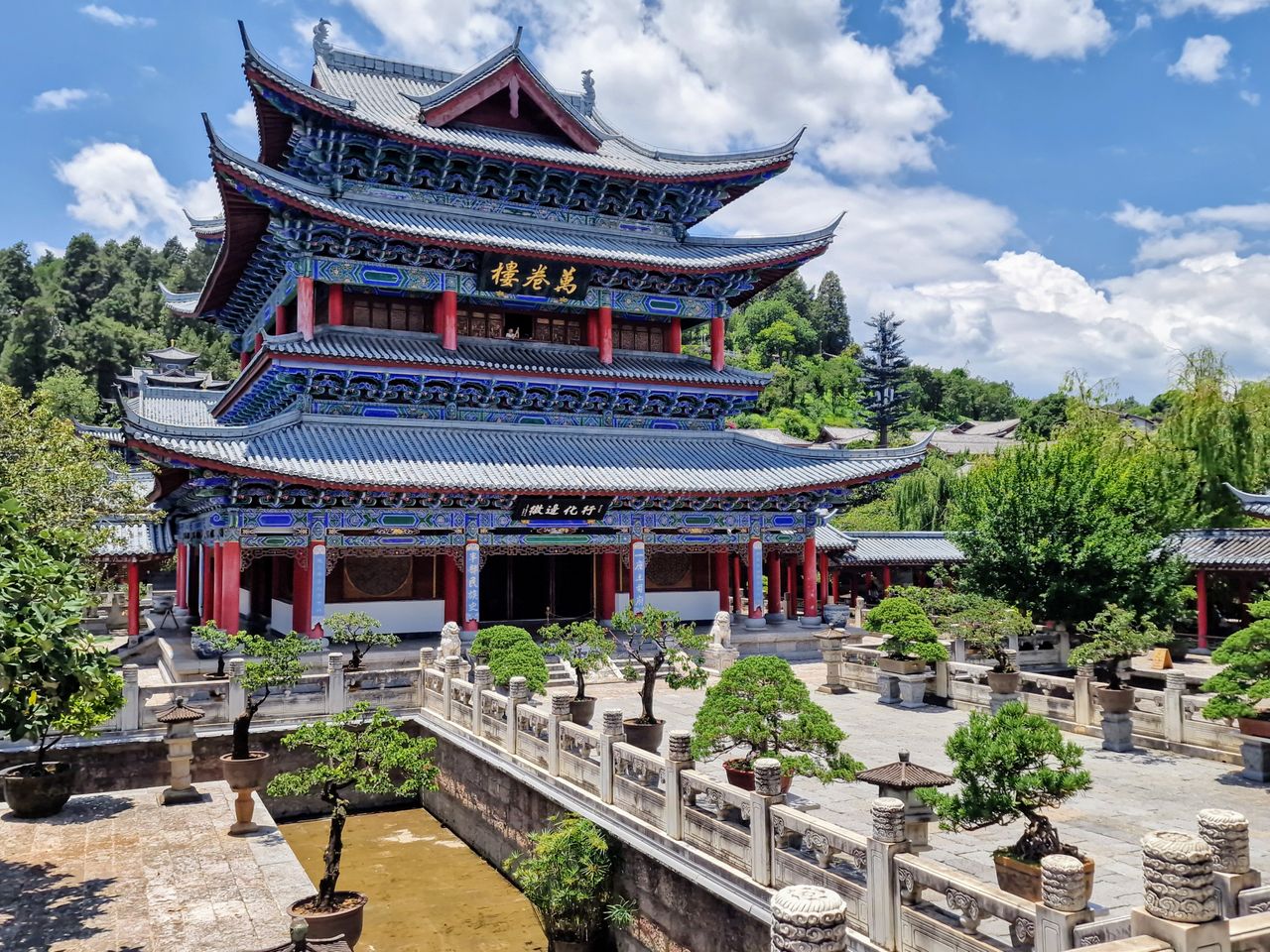
Former Residence Of Xu Xiake And Qinshantang Stone Carvings.
Local Cuisine and Accommodation Nearby
When visiting the Former Residence of Xu Xiake and Qinshantang Stone Carvings, indulge not only in the rich history but also in the delightful local cuisine and comfortable accommodations nearby. Here’s a taste of what awaits you.
Local Cuisine
-
Jiangsu-Style Dumplings (Jiangsu Jiaozi)
These delicate dumplings are a must-try for any visitor. Filled with a mix of fresh vegetables, minced pork, or shrimp, they are usually steamed to perfection. The soft, chewy texture combined with a hint of soy sauce makes for a delicious snack while you explore the area. -
Szechuan Grilled Fish (Zhuge Grilled Fish)
A local favorite, this dish features fish marinated in a spicy Szechuan sauce, grilled to enhance its smoky flavor. Served on a sizzling hot plate, it’s garnished with fresh herbs and spices to tantalize your taste buds. Perfect for those who enjoy a bit of heat in their meals! -
Braised Pork Belly (Hong Shao Rou)
A quintessential dish in Jiangsu cuisine, this slow-cooked pork belly is characterized by its tender texture and rich, sweet-salty flavor. The dish is often served with steamed rice, making it a satisfying option for lunch or dinner. -
Stir-Fried Bamboo Shoots (Chao Zhu Sun)
Fresh bamboo shoots stir-fried with seasonal vegetables is a light yet flavorful dish that showcases the region’s produce. The crunchiness of the bamboo paired with a subtle garlic sauce makes it a perfect complement to any meal.
Accommodation Options
-
Luxury: Jiangyin Marriott Hotel
For a lavish stay, consider the Jiangyin Marriott Hotel. Known for its world-class amenities, this hotel offers spacious rooms, a stunning pool, and multiple dining options featuring both local and international cuisine. It’s an excellent choice for travelers seeking comfort and style. -
Boutique: Huaxi Village Boutique Hotel
Experience the charm of Jiangyin by staying at this boutique hotel, which combines traditional architecture with modern comfort. Each room is uniquely decorated, and the hotel’s location offers easy access to local attractions, including the Former Residence of Xu Xiake. -
Budget: GreenTree Inn Jiangyin
For budget-conscious travelers, the GreenTree Inn provides clean, comfortable rooms at an affordable price. Located conveniently near the main attractions, this hotel is perfect for those who prioritize value without sacrificing accessibility.
Whether you are savoring the local dishes or enjoying a restful night at one of these accommodations, your visit to the Former Residence of Xu Xiake and Qinshantang Stone Carvings will surely be a memorable experience.
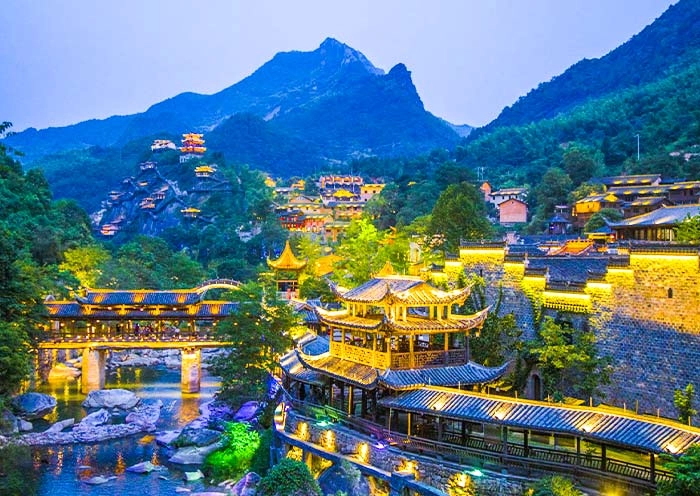
Former Residence Of Xu Xiake And Qinshantang Stone Carvings.
Frequently Asked Questions
Frequently Asked Questions
-
Is the Former Residence of Xu Xiake suitable for children and the elderly?
Yes, the site is generally suitable for visitors of all ages. The pathways are manageable, and there are plenty of opportunities for younger visitors to learn about Chinese culture and history. However, be mindful of the potential for uneven surfaces and some steps in the gardens. -
Are there English signs and information available?
While the primary language is Chinese, there are some English signs and informational materials available at the site. However, it’s advisable to bring a translation app or guidebook to enhance your experience. -
How much time should I plan to spend at the site?
Most visitors find that 1 to 2 hours is sufficient to explore the Former Residence of Xu Xiake and the surrounding gardens. If you wish to delve deeper into the exhibits and take photos, consider allocating additional time. -
What are the opening hours?
The Former Residence of Xu Xiake is open from 8:00 AM to 4:30 PM every day of the week. It’s recommended to check for any seasonal changes in hours before your visit. -
Is there an entry fee?
Yes, there is a nominal entrance fee to visit the Former Residence. Prices may vary, so it’s a good idea to check the latest information online or inquire at the entrance. -
What facilities are available on-site?
The site offers basic amenities such as restrooms and a small gift shop. There may not be extensive dining options, so consider bringing snacks or planning to eat before or after your visit. -
Can I take photographs?
Yes, photography is allowed in most areas of the Former Residence. Just be respectful of other visitors and any specific guidelines regarding flash photography or restricted areas. -
How do I get to the Former Residence of Xu Xiake?
The best way to reach the site is by self-driving or hiring a local taxi or rideshare service, as public transportation options may be limited. If you’re staying in Jiangyin, the location is relatively easy to find with GPS assistance.
Final Thoughts on Your Trip
Visiting the Former Residence of Xu Xiake and the Qinshantang Stone Carvings offers a fascinating glimpse into China’s rich cultural heritage and history. This serene location not only allows you to walk in the footsteps of one of China’s greatest explorers but also immerses you in the beauty of traditional architecture and exquisite artistry. As you wander through the lush gardens and admire the intricate stone carvings, you’ll feel a connection to the past that transcends time.
The experience here is more than just a visit; it’s an invitation to reflect on the spirit of exploration and the appreciation of nature that Xu Xiake championed. Whether you are a history buff, a lover of art, or simply seeking a peaceful retreat, this site caters to all. Don’t forget to take a moment to embrace the tranquility of the surroundings, and perhaps even plant your own dreams, just as Xu Xiake did with his beloved pine tree.
As you wrap up your journey, take this thought with you: Every adventure, big or small, begins with a single step, and the stories you uncover along the way are what make the journey truly remarkable. So go forth, explore, and let the spirit of discovery guide you to new horizons!